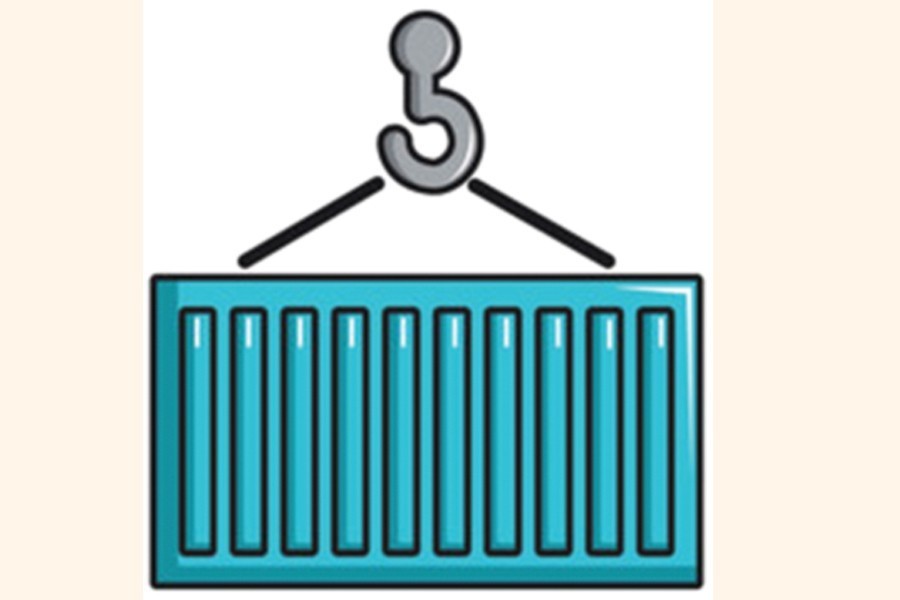Setting up of the $10 million export fund, announced last week, for four prospective export products is a particularly laudable initiative because as a departure from fiscal benefits often dished out as an export incentive, it is a targeted move to assist the identified products in product development and marketing. What is more, the funding is meant for some of the most deserving export products -- leather and leather goods, footwear, plastic and light engineering products. The fund has been arranged under the Export Competitiveness for Jobs (EC4J) project implemented by the commerce ministry with support from the World Bank Group. The project objective is to upgrade products and production processes, and support them meet the standards set by buyers/brands and comply with laws and regulations of major export markets.
According to a report published in the FE last week, the project - a matching grant facility -- will mostly take care of marketing of the four products in target markets. This no doubt explains that if marketing is to succeed, there is no short-cut to developing and diversifying products and also complying with the norms of overseas markets. That is to say, the project will address all these areas, and while removing the hindrances and inadequacies, it will revamp each of the products in catching up with international standards and best practices. Inclusion of plastic and light engineering under the project is indeed a very well thought-out decision. While leather and footwear have already been able to establish their institutional shapes thanks to the wisdom and efficiency of the entrepreneurs, plastic and light engineering lag far behind. Spread out all over the country, the numerous small and medium plastic and light engineering units run mostly on their own - haphazardly and without any policy direction and support. Nevertheless, given the big pool of manpower engaged in the sub-sectors as well as the huge potential for both domestic and export marketing, these two products are likely to be immensely benefited by the project-if efforts are there to meticulously address the various problems facing them. As for leather goods and footwear, the project has a lot to deliver, especially in respect of many compliance issues that currently impede exports to target markets.
As mentioned, the project being a matching grant facility, it will require matching of project fund with that of each of the product groups. This, in other words, means that project funding will take place based on investments on specific project areas. In this context it may be noted that experiences of similar matching grant projects taken up decades ago did not lend a very inspiring picture, mainly because of the lack of understanding of priorities in areas where project funds were to match product-specific investments.
In order for the WB project to significantly benefit the identified products for project support, implementing agency of the project, the commerce ministry, has to ensure that the key areas needing intervention are not missed. Close interaction with the stakeholders, especially with the representatives of the product group will surely help deal with the situation in a well planned manner.


